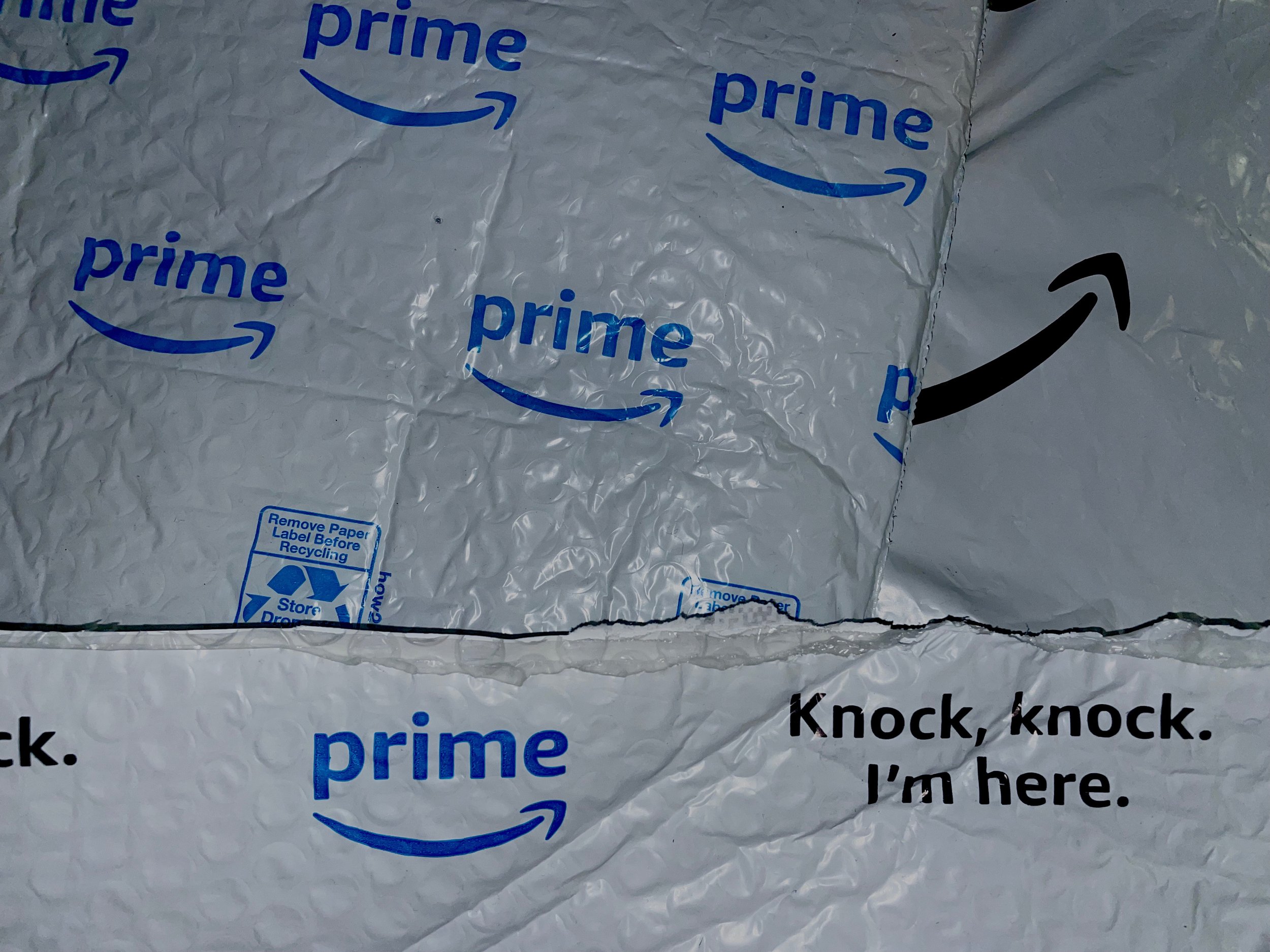TikTok Influencers Enable Fast Fashion
TikTok influencers have drove masses to hop on Amazon trends. Source: Madelyn Kemler '24
From crop tops to tennis skirts and workout leggings, TikTok influencers have led the masses to Amazon to buy their “must-haves,” enabling consumers to feed into the fast fashion industry.
“I have impulse purchased things, like a specific pair of leggings that were popular, but then I wore them like three times,” said Sera Ferrante ’24.
According to CNBC, TikTok has 1 billion users from around the globe, checking daily for dancing trends, baby videos, skits, but especially fashion and lifestyle. TikTok influencers are the new celebrity, bridging the divide between the famous and ordinary by directly interacting with followers and steering them towards retailers with the help of TikTok algorithm.
“Once you like one Shein or Amazon haul video, you’ll continue getting them and you’ll become influenced and want to purchase those things for yourself,” said Morena Kordei ’22.
Many of these influencers wear not expensive designer pieces, but affordable, trendy items purchased from Amazon, an e-commerce enterprise. Amazon outsources its inventory, namely clothing, from around the world, creating a platform for consumers to easily buy cheap goods that are delivered within a few days. Amazon and its creator Jeff Bezos have faced heavy scrutiny for its considerable environmental footprint and unethical practices.
Regardless, the #Amazonmusthaves tag on TikTok has garnered 6.2 billion views, with similar variations of the tag racking up hundreds of millions of views as well. Amazon has a section on its website for the “Internet Famous” to make it even easier for consumers to find the latest trending items. Continuous fashion inspiration and suggestion videos made by TikTok influencers has oversaturated their audiences with ever changing aesthetics and micro-trends.
Micro-trends are fashion crazes that are ushered out by the newest viral video within weeks if not days. Micro-trends are a consequence of the rapidly moving trend cycle, which TikTok has exacerbated with its endless scrolling of Amazon hauls, try-ons, and sponsored content.
“Personally I don’t find enjoyment in shopping fast fashion anymore because the quality sucks and it’s all overdone. The micro-trends get run through so quickly,” said Kordei.
To keep up with the high demands of short-lived trends, retailers like Amazon and the businesses they outsource from mass produce clothing with underpaid labor. This is fast fashion in action.
Some are not so easily enticed by the suggestions and advertising found on the social media platform. “Actually I haven’t,” said Sam Powers ’22 when asked if influenced to make any Amazon purchases. “I see the ads on TikTok all the time but I don’t actually ever follow through.”
Others don’t want to overspend on trends that may become unpopular within weeks or fall apart because of cheap manufacturing. Megan Brady ’25 cited saving money as the main reason why she avoids buying what she sees on TikTok.
While it is challenging to avoid the fast fashion industry, younger generations are more conscious about how it works and the many consequences it has. Marist College professor Cornelia Harris believes that despite consumers heading to Amazon for clothing for its ease, awareness towards knowing where our clothes come from has shifted, especially in the last few decades.
“I think it’s becoming more part of the dialogue, people are more aware of it, which I think is awesome. Twenty years ago, nobody was thinking about where we get our clothes from,” she said.
While shopping fast fashion has its environmental and social justice impacts, giving a full life to clothing purchased because of trends offsets the typical short, misused life of such items. A common, cost-effective alternative to shopping on Amazon and other fast fashion sellers is thrift shopping, another form of shopping that is promoted on TikTok.
“When I thrift it’s like a treasure hunt to find something new and different and usually vintage. Plus the quality is way better and will last for years,” said Kordei.
TikTok and influencers may manifest bad habits, but awareness helps. Professor Harris added, “People are being more aware of the life cycle process and all of the impacts of fast fashion.”
